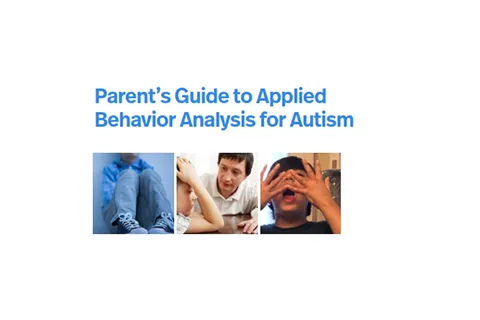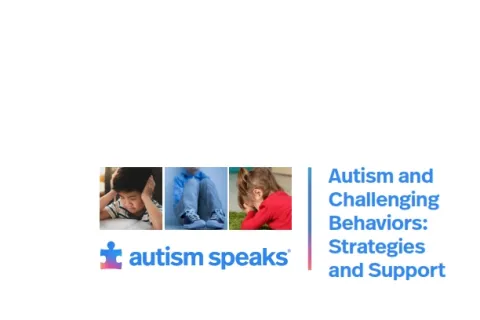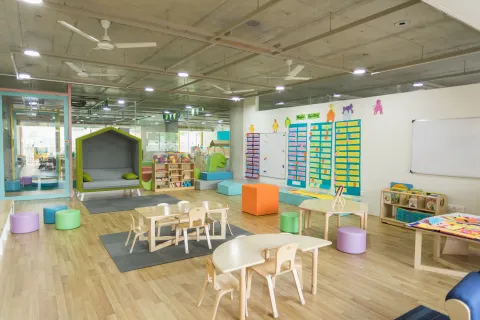Adapting Your Environment
Challenging Behaviors Tool Kit
As you learn to think like a detective about your child’s behavior, your observations (or the FBA) are likely to show that behavior occurs at specific times, with certain people or in particular environments. You and your team will need to tune in, learning to recognize the signs of increasing tension, anxiety or frustration that eventually lead to challenging behaviors.
Often there is a ramping up, or escalation period, and learning to recognize that early and using many of the approaches here can help to calm a situation and prevent behavioral outbursts. Sometimes these signs may be very subtle—red ears, a tapping foot, heavier breathing, higher pitched speech—but it is essential that everyone on the team responds to the importance of tuning in and working towards de-escalation.
Changing the environment can often reduce behavioral episodes. Expand situations, relationships, places and opportunities that are successful. If possible, try to adjust or avoid situations that are triggers for challenging behavior. Incorporate ways to reduce frustration and anxiety and increase understanding. Below are some things to consider when working to create a more successful environment.
Tips to create a successful environment for your child
- Organize and provide structure: Provide clear and consistent visual schedules, calendars, consistent routines, etc. so that the person knows what is coming next.
- Inform transitions and changes: Recognize that changes can be extremely unsettling, especially when they are unexpected. Refer to a schedule, use countdown timers, give warnings about upcoming changes, etc.
- Use Visual Supports: Pictures, text, video modeling and other visuals are best for visual learners, but they are also critical because they provide information that stays. The ATN Visual Supports Tool Kit provides a step-by-step, easy-to-understand introduction to visual supports. Provide a safe place and teach when to use it: A calming room or corner, and/or objects or activities that help to calm (e.g. bean bag) provide opportunities to regroup and can be helpful in teaching self-control.
- Remove or dampen distracting or disturbing stimuli: Replace flickering fluorescent lights, use headphones to help block noise, avoid high traffic times, etc.
- Pair companions or staff appropriately for challenging activities or times: Some people are more calming than others in certain situations. If going to the store with dad works better than with mom, focus on that and celebrate successes.
- Consider structural changes to your home or yard: These changes might address some of the specifics of your situation to increase independence or reduce the risks when outbursts occur. Making Homes that Work includes a range of potential changes that can be made to reduce property damage, improve safety, and increase choice and independence.
One of the barriers that we often find for children with autism in toilet training has to do with the condition of the bathroom itself. Often times we find that people with ASD can be very tactfully defensive so the space itself needs to be as neutral as possible. There needs to be enough room around the toilet so people don’t feel too confined. It is really helpful if the space is warm and you address other types of sensations around the toileting experience. For example, is it cold, is there a fan running, is the light too bright, or not bright enough? You can sometimes help encourage people to use the toilet if the bathroom is a friendly place for them to be.
– George Braddock, President, Creative Housing Solutions LLC
Read more about promoting a safe environment in the Autism Speaks Challenging Behaviors Tool Kit.








